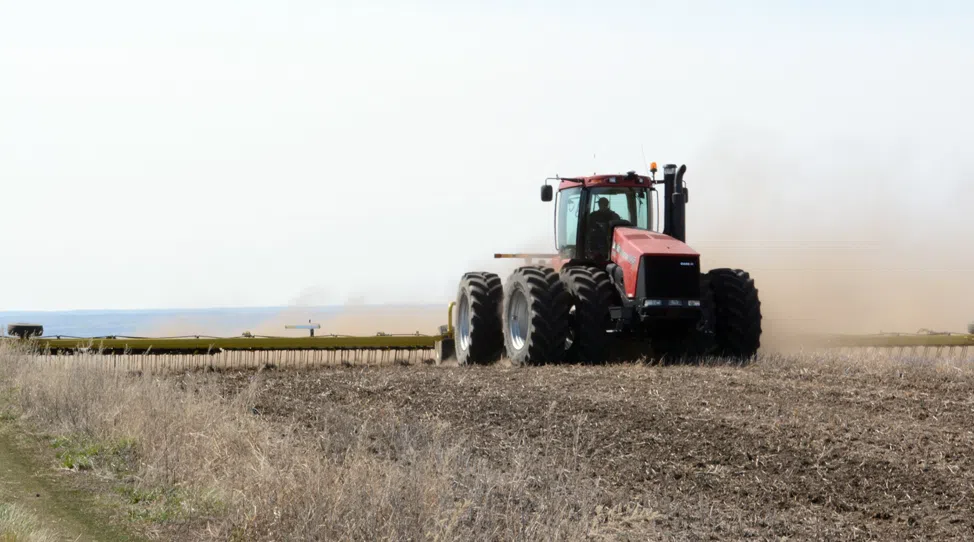
Pests damaging crops as seeding wraps up
Spring seeding is nearly complete now that more rain has replenished the crops but some producers have cut worms to deal with.
The crop report for the period ending May 30 has 94 per cent of the crop in the field, well ahead of the five-year average of 77 per cent. The northwest and west central regions are slightly ahead of the province, at 95 per cent complete, and northeast is at 94 per cent.
Staff at the provincial Ministry of Agriculture said areas of west central Saskatchewan had much-needed rain, ranging from five millimetres at Outlook and Cando to 51 mm at Tramping Lake. Lloydminster led the northwest region with 47 mm of rain during the week, while the Debden area had only two mm. Meadow Lake is one area which has been drier than others.
“Some of the eastern parts of the province of the province didn’t get as much (rain), especially in the northeast,” cropping management specialist Daphne Cruise said. “But for the most part, I think across the province most producers are happy with the moisture they got.”


